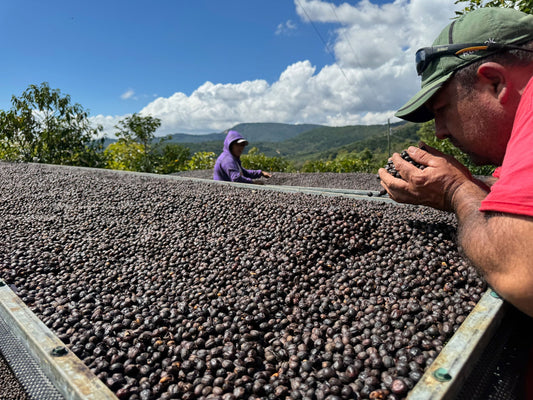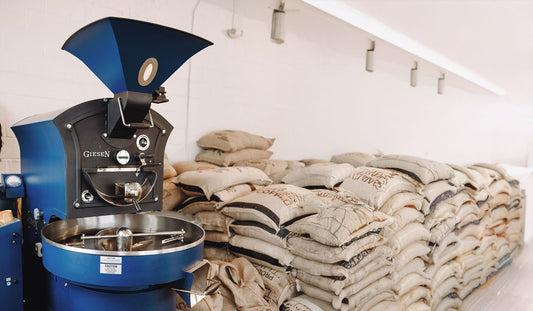This blog delves into the local traditions, agricultural practices, and unique aspects that distinguish Tarrazu of Costa Rica as a notable coffee-producing region.
The Geography
The Dota region is uniquely situated at altitudes that can reach up to 2,000 meters, where the soil is enriched with volcanic minerals, offering optimal conditions for growing Arabica coffee. The high altitude results in slower bean development, leading to denser, flavor-rich beans. The dramatic temperature swings between night and day in this region also help lock in the sugars and acids needed for the distinctive notes, often described as bright, with citrus and chocolate notes.
Role of Indigenous Communities
The Cabécar and Bribri communities, traditional inhabitants of the Tarrazu region, utilize agroforestry techniques that blend coffee plants with native trees. This method not only enhances the beans’ flavor by ensuring natural shade and organic mulching but also supports wildlife corridors, crucial for maintaining ecological diversity. Despite their invaluable role, these communities face systemic barriers in land ownership and market access, which we explore through ongoing dialogue and support initiatives.
Local Celebrations of Coffee
The "Fiestas del Café" in Tarrazu is a symbol of the harvest's culmination and success. One unique feature of this festival is the "Carrera de los Boyeros," a traditional ox-cart parade, where beautifully decorated carts are driven through the town, reflecting the historical methods of coffee transportation. Additionally, the festival hosts a prestigious coffee-tasting contest that highlights small-scale producers and promotes excellence in coffee crafting.
Sustainable Practices in Coffee Production
Costa Rica’s commitment to sustainability is showcased through its payment for ecosystem services (PES) program, which compensates farmers for maintaining forest cover on their lands—a vital practice that enhances coffee quality. Dota’s Coopedota cooperative goes further by using husks and pulp from coffee cherries as biofuel, powering their processing plants and reducing waste significantly.
Impact of Microclimates and Biodiversity
Dota's microclimates are influenced by both the Pacific and Atlantic oceans, creating a unique weather pattern that ensures adequate moisture and cloud cover, critical for coffee cultivation. The biodiversity within these microclimates, particularly the presence of bees, plays an integral role in coffee flower pollination, which indirectly increases yield and quality.
Education and Technological Advancements
The Dota region benefits from ICAFE’s technological advancements, including the development of disease-resistant coffee plant varieties and precision agriculture techniques that utilize GPS and GIS for optimal farm management. These innovations help farmers maximize their yield while preserving the region’s natural resources.
Addressing Industry Challenges
The challenges in Dota often revolve around the fluctuating coffee prices on the international coffee market, which can severely affect the farmers' income stability. Our engagement includes advocating for more direct trade practices, which help ensure that more of the profits return to the growers and their communities.
Conclusion
Understanding the coffee culture in Dota, Tarrazu offers insights into both the complexities and commitments of local coffee production. The region’s approach to quality, sustainability, and community engagement exemplifies its significance in the global coffee market. Join us in appreciating the dedication behind each cup of coffee from Tarrazu.



